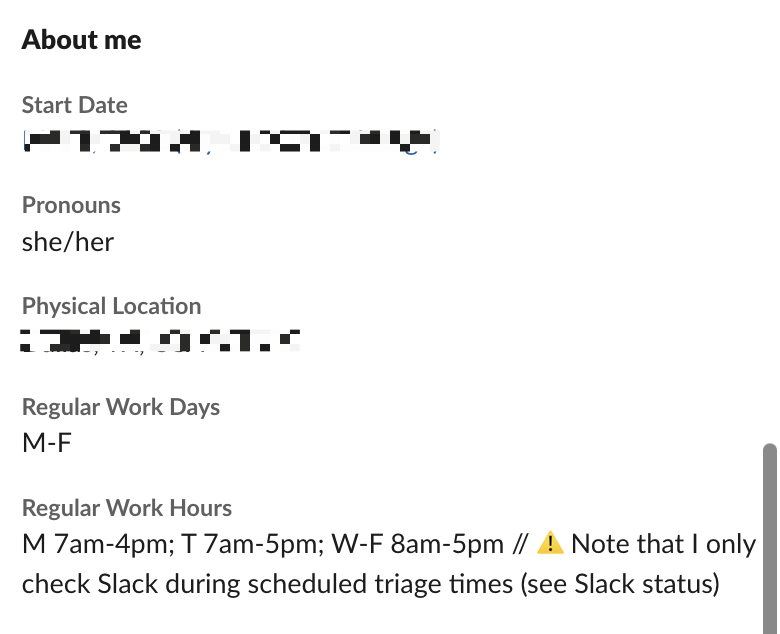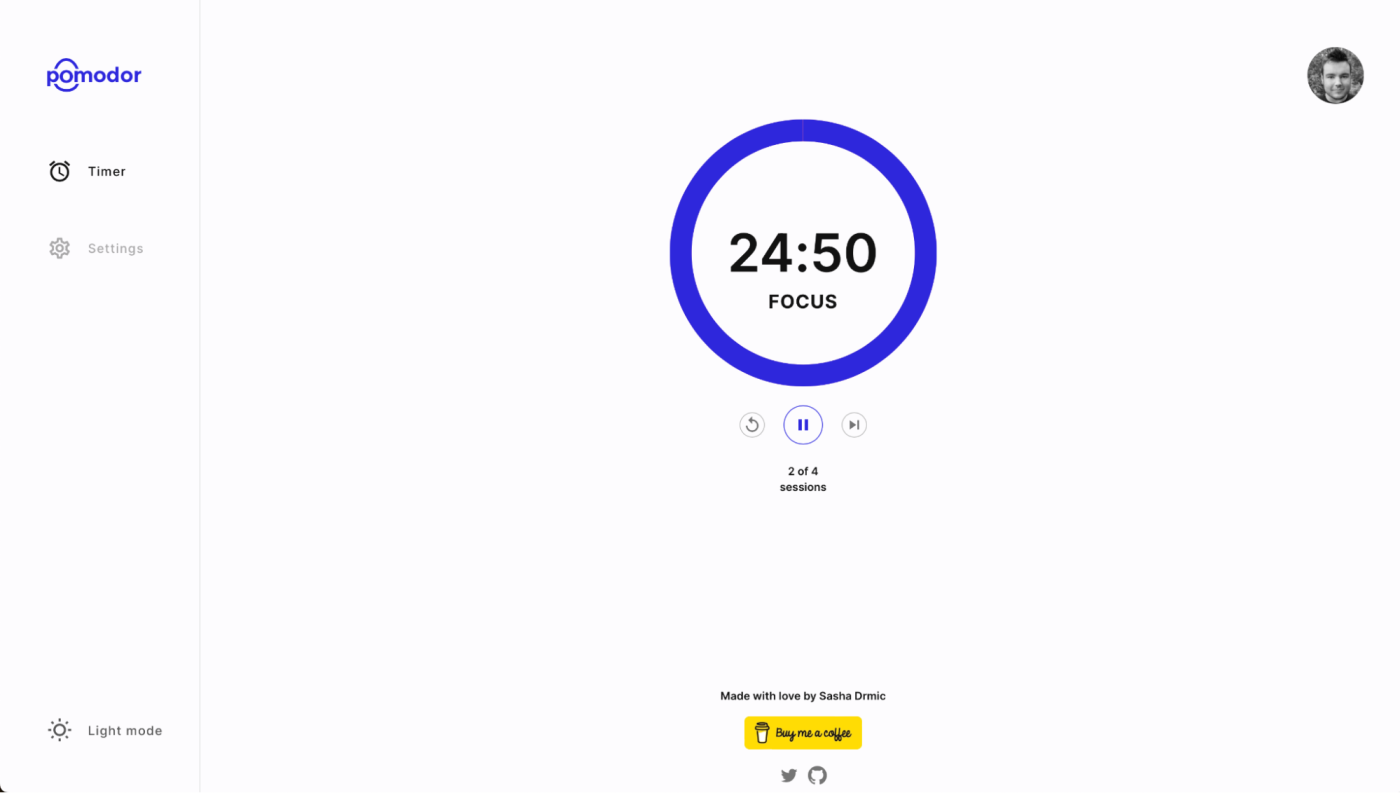I’m a former freelance writer who switched to a full-time writing job, and now I freelance on the side. As I close in on my first anniversary balancing the two, I’ve been reflecting on how my experience as a freelancer has allowed me to perform better at my full-time job.
Here are the four key lessons I learned as a freelancer that I apply regularly in my full-time role.
4 lessons full-time employees can learn from freelancers
Being a freelancer and working for a company full time are two different beasts. But that doesn’t mean you can’t apply the same strategies to tame them. Here are the skills I learned as a freelancer, and how they can help you with your full-time job.
1. Set your boundaries up front
Setting boundaries is necessary, especially when you work for yourself. It allows you to clearly lay out your expectations for how you want to be treated and what will happen if those expectations aren’t met. It also pays to establish these boundaries before the work even begins.
For example, with my freelance business, I make it a point to clearly state my availability and preferred communication methods with new clients during the initial meeting—this way, no one asks to “hop on a quick call” when my preference is to be sent updates in writing.
If you’re in the early stages of your job hunt, you can be upfront about your boundaries during the interview process. Or, if you’re already employed, there are a few ways you can communicate these boundaries—for example, if you use Slack, you can set your working hours, which lets your teammates know when they can expect you to be responsive.

It might not be enough to just set your working hours—you have to also develop the habit of working within these hours. If a teammate messages you after-hours, hold off on responding until the next morning. If you’re expected to be on-call, consider negotiating a company-paid phone that can be kept close by but not disrupt your downtime.
The biggest boundary I set for myself coming into my full-time job was the need for a work accommodation plan. Being disabled, I knew I would need that additional support and protection to fulfill my work responsibilities. Once I had the support of my manager, I was able to do things like set limits on camera policies for calls, take regular breaks, and be permitted time off for healthcare appointments.
2. Get more done in less time
As a freelancer, efficiency is key. Not only are you working on client projects, but you’re also running your own business—so you have to make the most of your time (without risking burnout).
One way to maximize your productivity is to know when you’re the most productive. For me, it’s in the early mornings and late afternoons, so I block these times for important meetings and work that requires a lot of creativity or thinking. Administrative tasks or work that doesn’t require critical thinking then gets assigned to my less productive working hours.
Here are a few ways you can apply this strategy in your full-time job:
-
Use a time blocking app to manage your calendar and protect your peak productivity hours. For a lo-fi option, you can also add focus time in Google Calendar, which lets your team know when you’re heads down with work and automatically declines meeting invites during that time.
-
Pause team chat app notifications during the times when you’re the most productive. Here’s how to manage your notifications in Slack and Microsoft Teams.
-
Use the Pomodoro Technique to help you fully engage with work in 25-minute increments (followed by short breaks). Or, go the opposite route: use the Flowtime Technique to fully immerse yourself in a task without a set time period and take much-needed breaks at a natural stopping point.

Another habit I got into as a freelancer was breaking my projects down into smaller tasks. This way, I could map each task back to larger business goals and use that to determine how to prioritize each task. This doesn’t necessarily help you get more done in less time, but it helps focus more of your limited time on high-impact work.
3. Negotiate your workload
I’ve had to use my negotiation skills to negotiate more than just my freelance writing rates—I’ve also had to use it to manage work scope and deadlines. The same skills have come in handy with my full-time job. For example, if I’m assigned multiple tasks with competing deadlines, I work with my manager to negotiate a reprioritized list of to-dos.
Here are a few phrases you can use to help manage expectations and respond to last-minute requests to complete “high priority” tasks:
-
“With [list of existing projects] on my plate, this is a pretty full week for me. If we need [project request], I can do that—but it will mean a delay in delivering [list of existing projects].”
-
“I’m currently working on [list of existing projects]. Please let me know which of my existing tasks you’d like me to deprioritize to make room for [project request].”
Learning to negotiate has also helped me become more flexible with how I spend my time. While I love my weekend downtime, sometimes it doesn’t make sense for me to force myself to cram all my work into the workweek—especially if I’ve hit a mental block.
I’ve learned to manage my expectations around what I can accomplish, communicate this to my manager, and request to have the weekend to wrap up a project. This way, I have the space to work at my own pace and not beat myself up. If your work offers the same kind of flexibility, don’t be afraid to ask for what you need.
4. Take advantage of available resources
Unless you have a well-established freelance business with a steady stream of monthly income, chances are you’ve learned to be savvy—whether that’s looking into low-cost apps to run your business or attending industry events to expand your network.
You don’t have to run a bootstrapped business to act like a freelancer. Review your employee handbook or human resource documentation to see if your company offers access to low-cost—or better yet, free—resources that allow you to invest in yourself or your work. Here are a few examples:
-
Work benefits. I use my health savings account (HSA) to manage my health conditions, reduce my taxable income, and save for retirement. Your work may also offer contributions to your 401(k), health insurance, and HSAs.
-
Professional development. Think in-house promotion programs, training, conference opportunities, and education reimbursement. Even if you don’t use them right away, they can be great building blocks for your next career step.
-
Employee support systems. Your work may have employee resource groups (ERGs) to help you connect with people you may not work with regularly. Or they might host internal workshops to help you learn more about things like financial literacy and family planning.
-
Apps to help boost your productivity. If you want to use an app to help with your daily workflows—for example, AI writing generators, meeting assistants, or any other productivity tool— first check to see if your company will cover some or all of the expense. After all, the purpose of the app is to help you help the company boost its bottom line.
Find what works for you
Side hustles and full-time work both come with their own set of unique challenges. The ways you navigate those challenges, however, are universally applicable. No matter how you work, I hope that the lessons and tips I shared can help you build a more productive and healthy work style.
Related reading: